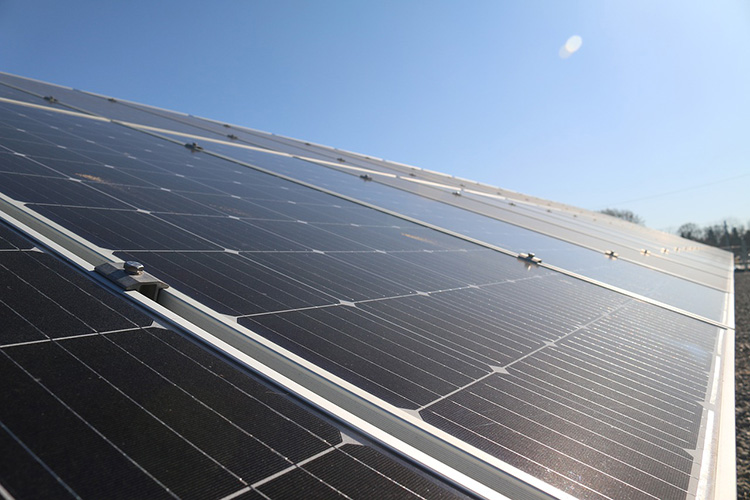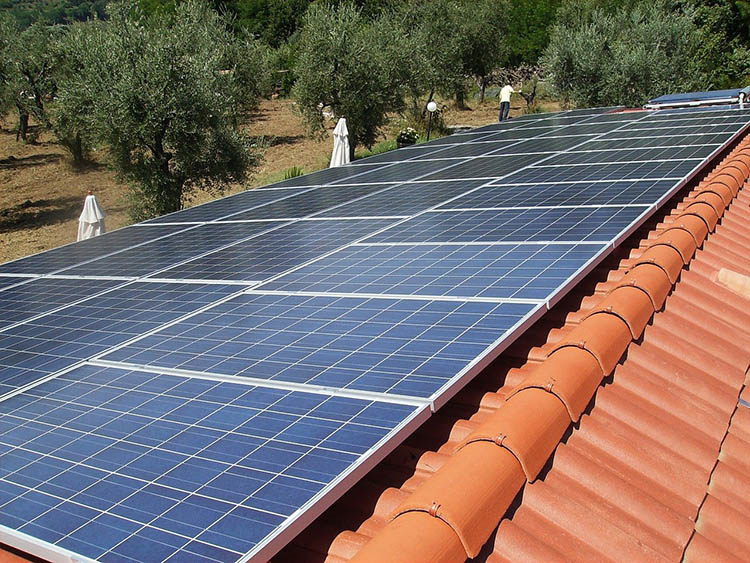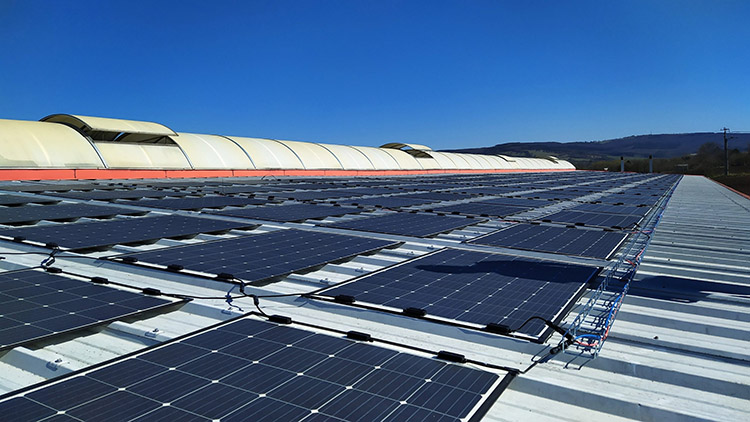Different types of solar panels: which one is the best choice | Sunkean.com
What is a solar panel?
Solar panels are used to collect solar energy from the sun and convert it into electricity.
The typical solar panel is composed of individual solar cells, each of which is made from layers of silicon, boron and phosphorus. The boron layer provides the positive charge, the phosphorus layer provides the negative charge, and the silicon wafer acts as the semiconductor.
When the sun’s photons strike the surface of the panel, it knocks out electrons from the silicon “sandwich” and into the electric field generated by the solar cells. This results in a directional current, which is then harnessed into usable power.
The main types of solar panels
There are 3 major types of solar panels available on the market today: monocrystalline, polycrystalline, and thin-film solar panels.
The solar cells that make up the panel determine its type. Each type of solar cell has different characteristics, making certain panels more suitable for different situations.
Monocrystalline solar panels have high efficiency and stylish design, but the price is higher than other solar panels.

Polycrystalline solar panels are cheaper than monocrystalline solar panels, but they are less efficient and unsightly.

Thin-film solar panels are the cheapest, but have the lowest efficiency rating and require a lot of space to meet your energy needs.

Besides manufacturing and appearance, there are some differences in how each of the types of solar cells performs. The key categories are efficiency and price. Here’s how each type of solar panel performs in efficiency and affordability as well as other factors to consider.
Monocrystalline | Polycrystalline | Thin-film |
|
|
|
Efficiency
Generally speaking, monocrystalline cells have the highest power capacity. Monocrystalline solar cells are made of monocrystalline silicon, so electrons can easily flow through the entire cell, thereby increasing the overall efficiency. Monocrystalline solar panels not only have the highest rated efficiency, but also usually have the highest rated power capacity.
The latest developments in solar technology enable polycrystalline panels to bridge this gap. The standard 60-piece polycrystalline panel can now generate 240-300w of power. However, monocrystalline solar panels are still superior to polycrystalline solar panels in terms of the power capacity of each battery.
Because the size of thin film panels is not uniform, there is no standard power capacity measurement standard, and the capacity of one thin film panel will be different from another according to its physical size. Generally speaking, under the same physical size, a traditional crystal panel can output more power than a thin-film panel of the same size. However, the standard temperature coefficient of single crystal and polycrystalline panels is usually between -0.3% and -0.5%/℃. On the other hand, thin-film panels are about -0.2% per °C,which means that thin-film panels are much better at handling heat than other panel types.
Cost
Price can make or break a solar decision, and the types of solar cells you choose is one of the factors that affects price the most. The cheapest solar panels are thin-film panels because they can be manufactured at the lowest cost. Thin-film frames are usually lighter, so you can often save on installation costs. On the other hand, monocrystalline is the most expensive solar panel option right now. Manufacturing pure silicon can be expensive, and the panels and frames are heavy, leading to higher installation costs. Polycrystalline panels were developed to reduce the cost of solar panels, and they are usually more affordable than monocrystalline. But this gap between monocrystalline and polycrystalline panels may close as innovators discover more efficient ways to manufacture monocrystalline solar cells.
So, Which Solar Panel Type Should You Use?
As crystalline and thin-film panels have their own pros and cons, the choice of solar panel ultimately comes down to your specific property and condition settings. For residential properties with larger roof space or larger space, the best choice for panels may be polycrystalline. For residential properties with small space, monocrystalline solar panels may be the best choice. Monocrystalline solar panels and polycrystalline solar panels are very suitable for homes and other similar buildings. Thin-film solar panels are almost never used in homes because of their low efficiency. However, thin-film solar panels are very suitable for commercial buildings that cannot withstand the extra weight of traditional solar panels. Despite the lower efficiency of membranes, commercial roofs have more space to cover more roofs with panels.
If you are not sure which type of solar panel is best for your project, please consult us and we can help you determine which solar panel is suitable for your unique project. Email:wendy@ske-tech.com
评论
发表评论